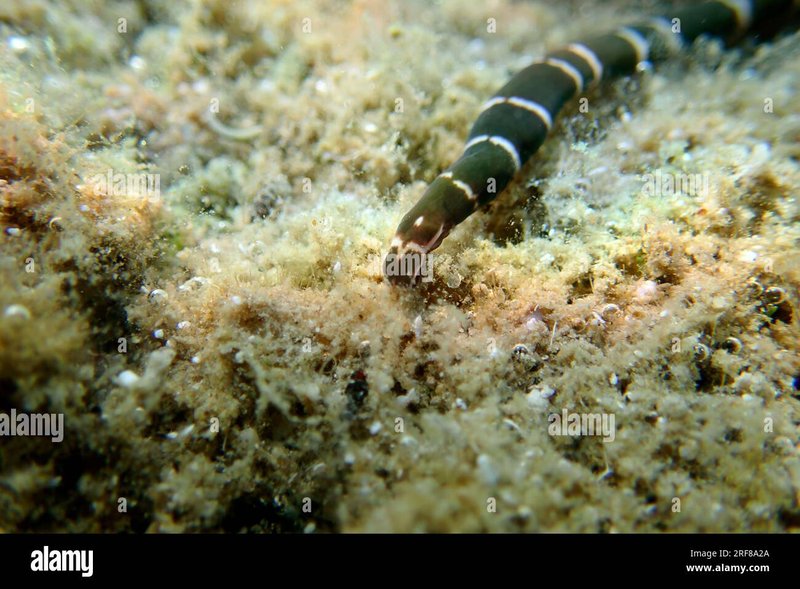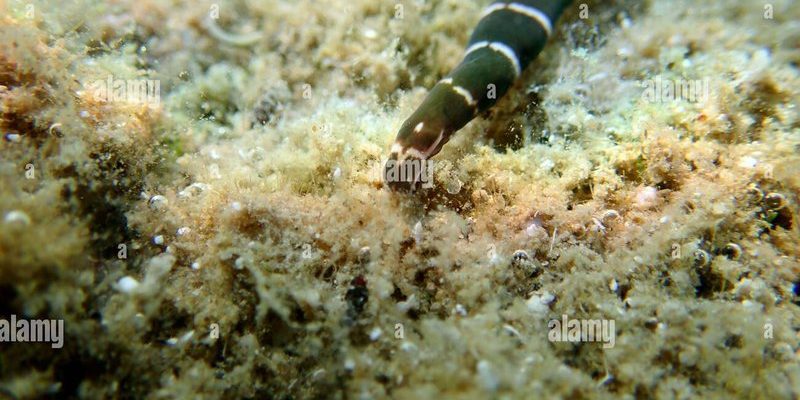
Bootlace worms belong to the *Lineus* genus, and they’re fascinating for a number of reasons. These worms can be found mostly in cold waters, particularly in the North Atlantic and around polar regions. They can grow to impressive lengths, sometimes reaching over 30 meters, making them one of the longest animals on the planet. But despite their size, they often go unnoticed, lurking in the sediment or among rocks. Let me explain why understanding these worms is crucial—not just for marine biologists, but for anyone interested in the intricate web of life beneath the waves.
What are Bootlace Worms?
Bootlace worms are a type of ribbon worm, which belong to the phylum *Nemertea*. What makes them so interesting? First off, their body structure is incredibly unique. They have a long, elongated body that is flexible and often brightly colored, ranging from green to brown. When you look at one, it might remind you of a slinky—able to stretch and coil as it moves. These worms use a special structure called a proboscis to catch their prey, which mainly includes small fish and invertebrates.
Another fascinating feature of bootlace worms is their **regenerative ability**. If they lose a part of their body, they can regenerate it! This ability is not just for show; it helps them survive in harsh environments. For example, if a predator nips at them, they can escape and grow back what they’ve lost. Imagine if you could just regrow that pizza you accidentally dropped—how cool would that be?
Habitat and Distribution
You might be wondering where exactly these incredible creatures call home. Bootlace worms mainly thrive in **cold-water marine ecosystems**. They prefer environments with rich organic material found in sediments, such as muddy or sandy ocean floors. You can find them in places like the North Sea and around the coast of Iceland, where the water temperatures are significantly lower.
The cold waters provide a stable environment for these worms, which are less tolerant of warm temperatures. Their habitat is crucial because it supports a wide variety of marine life. By living in these areas, bootlace worms contribute to the nutrient cycle, breaking down organic matter and recycling it back into the ecosystem. This process is essential for sustaining the food web, benefiting everything from tiny plankton to large fish.
The Role of Bootlace Worms in Their Ecosystem
Bootlace worms might not be the cutest creatures in the ocean, but they play a significant role in their ecosystems. They act as both predators and prey. As predators, they help control populations of small invertebrates and fish, maintaining a balance in the ecosystem. This balance is vital because if one species becomes too abundant, it can lead to overpopulation and depletion of resources.
On the flip side, bootlace worms also serve as a food source for larger predators like fish and seabirds. Their long, soft bodies might not seem very appetizing, but many animals have adapted to eat them. Think about it—just like a buffet, every organism plays a part in feeding the ones higher up the food chain.
Reproduction and Life Cycle
Bootlace worms have a rather interesting reproductive strategy. They can reproduce both sexually and asexually. In sexual reproduction, they can release eggs and sperm into the water, allowing fertilization to happen externally. This method increases genetic diversity, which is crucial for adapting to changing environments.
But here’s where things get really intriguing: these worms can also reproduce asexually by fragmentation. When they reproduce this way, a piece of the worm can break off and develop into a new individual. This method allows them to increase their population quickly, especially in stable environments where resources are plentiful. It’s like cloning—only in nature!
Challenges Facing Bootlace Worms
Like many marine creatures, bootlace worms face challenges due to human activities and climate change. Pollution, overfishing, and habitat destruction can threaten their habitats and food sources. Changes in ocean temperature and acidity also impact their survival and reproductive rates.
The loss of bootlace worms can have cascading effects on the marine ecosystem. Since they play a crucial role in nutrient cycling and food webs, their decline could disrupt the balance of underwater life. It’s a reminder of how interconnected everything is in nature. When one piece of the puzzle is removed, it can result in unforeseen consequences.
Why Should We Care About Bootlace Worms?
You might be asking yourself, “Why should I care about these long worms?” Well, understanding creatures like bootlace worms enhances our knowledge of marine ecosystems. They serve as indicators of environmental health. By studying their populations, scientists can gain insight into the overall condition of cold-water habitats.
Moreover, protecting bootlace worms and their ecosystems helps preserve biodiversity. Each species has a unique role, and losing any one of them can have a ripple effect. Think of it like a team—every player contributes to the overall success, and if one is missing, the team’s performance can decline.
Bootlace worms may not be the most glamorous marine creatures, but they play an invaluable role in cold-water ecosystems. From their unique regenerative capabilities to their influence on the food web, these worms provide essential functions that keep marine life balanced and thriving. As we continue to explore and understand our oceans, creatures like the bootlace worm remind us of the delicate connections within nature. So, the next time you think about marine life, remember these fascinating worms and the important part they play beneath the surface. Keeping our oceans healthy is crucial, not just for the worms, but for all life on Earth.

